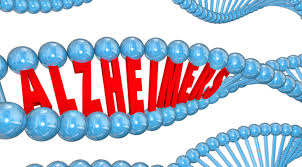Neuroscientists have amassed more evidence for the hypothesis that sticky proteins that are a hallmark of neurodegenerative diseases can be transferred between people under particular conditions — and cause new damage in a recipient’s brain.
They stress that their research does not suggest that disorders such as Alzheimer’s disease are contagious, but it does raise concern that certain medical and surgical procedures pose a risk of transmitting such proteins between humans, which might lead to brain disease decades later.
“The risk may turn out to be minor — but it needs to be investigated urgently,” says John Collinge, a neurologist at University College London who led the research, which is published in Nature1 on 13 December.
The work follows up on a provocative study published by Collinge’s team in 20152. The researchers discovered extensive deposits of a protein called amyloid-beta during post-mortem studies of the brains of four people in the United Kingdom. They had been treated for short stature during childhood with growth-hormone preparations derived from the pituitary glands of thousands of donors after death.
The recipients had died in middle-age of a rare but deadly neurodegenerative condition called Creutzfeldt-Jakob disease (CJD), caused by the presence in some of the growth-hormone preparations of an infectious, misfolded protein — or prion — that causes CJD. But pathologists hadn’t expected to see the amyloid build up at such an early age. Collinge and his colleagues suggested that small amounts of amyloid-beta had also been transferred from the growth-hormone samples, and had caused, or ‘seeded’, the characteristic amyloid plaques.







